This Berlin house balances romance and strength in a scenic plot
A Berlin house transformed by O'Sullivan Skoufoglou is both romantic and protective
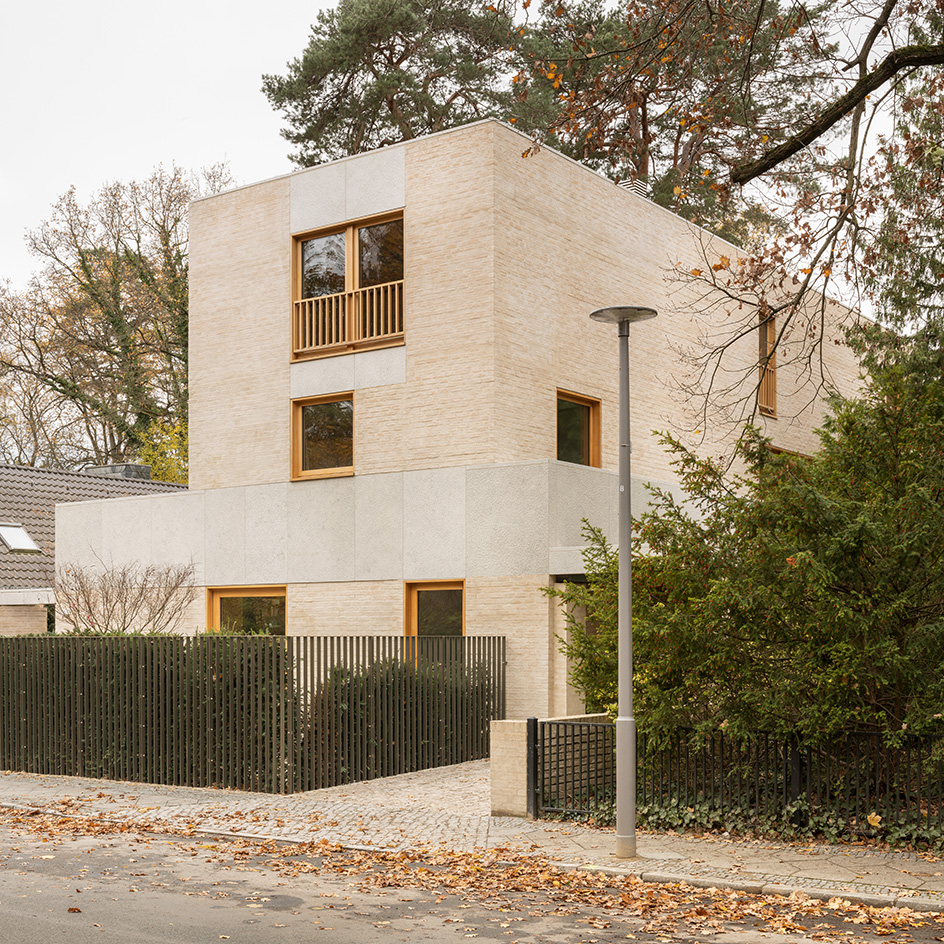
A Berlin house in the quiet neighbourhood on the edge of the Grunewald Forest has been extended by London based O'Sullivan Skoufoglou Architects, who took a single-storey house with a pitched roof and transformed it into a modern brick-and-limestone villa. Inspired by US architects Moore Lyndon Turnbull & Whitaker, who consoled Postmodern architecture with landscape in San Francisco, this dwelling is both romantic and protective, an effect achieved through its strong materiality in response to the woods.
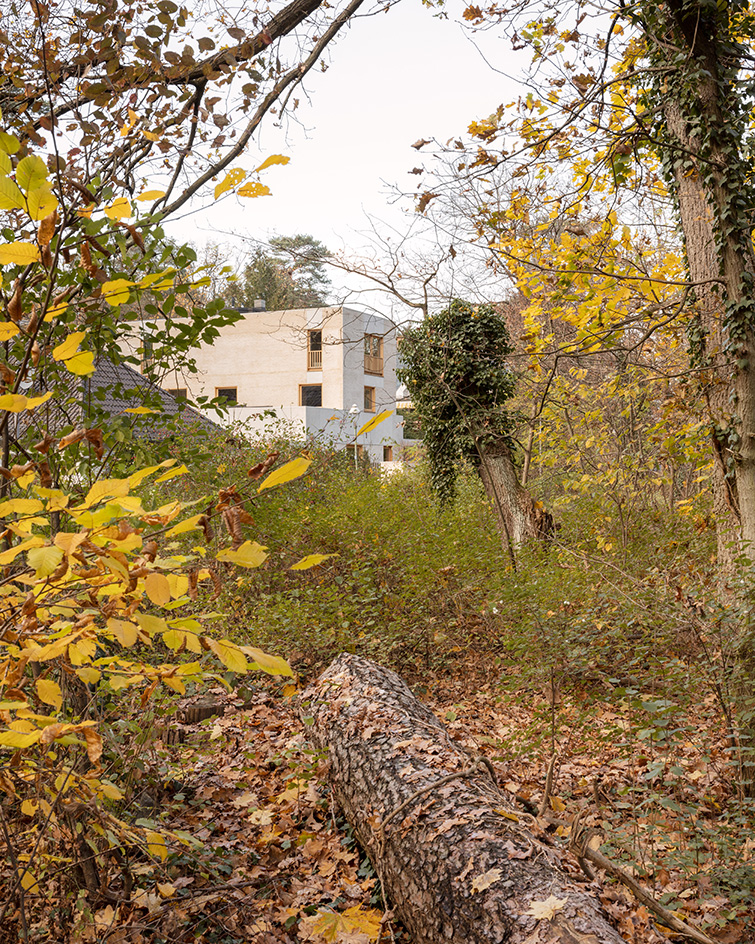
Berlin house by O'Sullivan Skoufoglou Architects
Although O’Sullivan Skoufoglou is based in London, the project felt close to home, because the client was the brother of architect Jody O’Sullivan, practice co-director with Amalia Skoufoglou. For 15 years since moving in with his family, O’Sullivan had already been ‘designing, debating, amending, iterating’ the house over the years. Now that the children were grown, it was time for a home refresh, introducing more flexibility and privacy, while making the most of the scenic, linear plot.

This time it was to be a bolder transformation. The duo replaced the pitched roof with a new two-storey, timber-structured volume (its form guided by local planning regulation, as advised by local executive architecture practice Tectur). They carefully-deliberated a robust material palette that would age well and reflect the patina of the forest: limestone from Dietfurt, one of the oldest quarries in south Germany; brickwork from Belgium; and naturally-oiled solid oak window profiles.
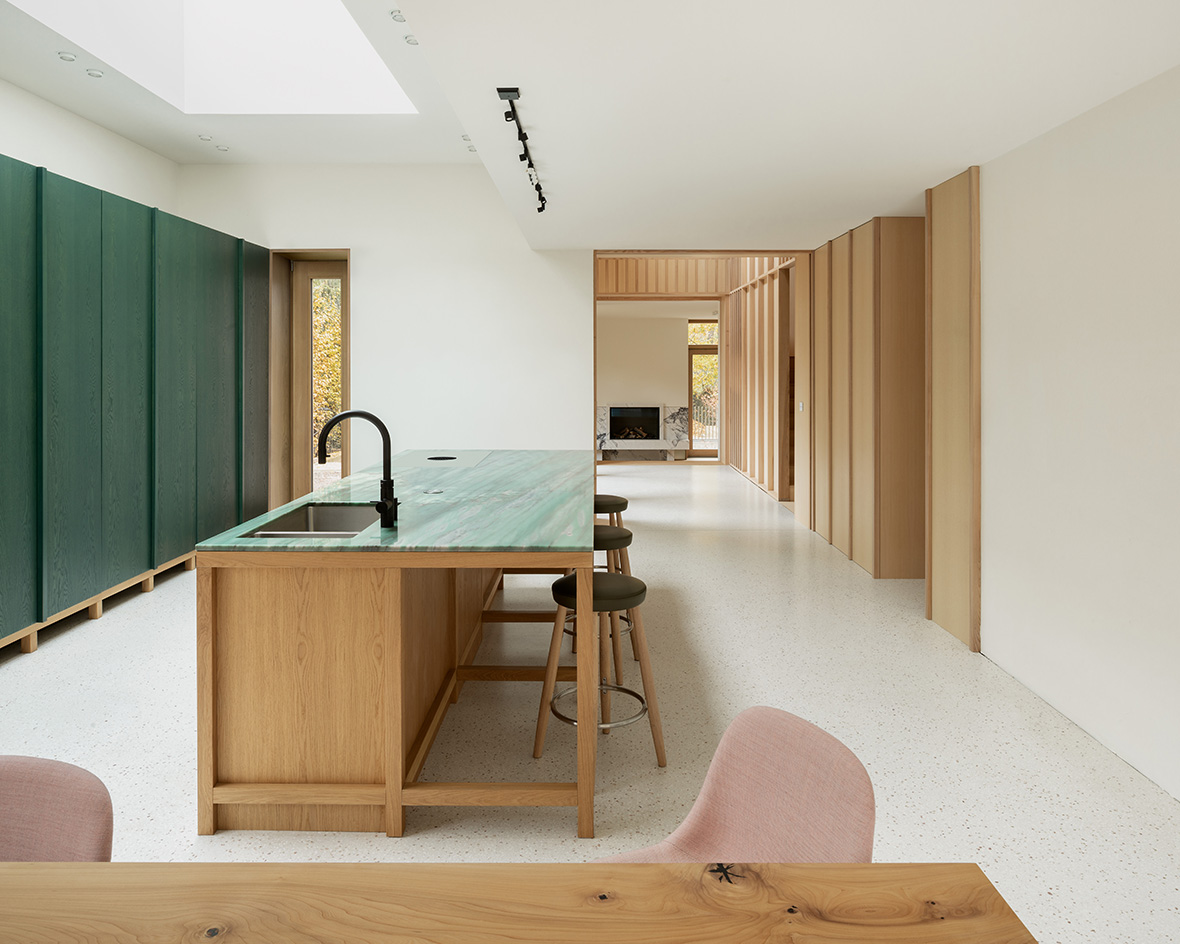
The long shape of the house did present some challenges for the interior plan, which the architects solved with inspiration from Charles Moore's New Haven house. In a similar way to the latter, they carved out the staircase from a central rectangular void, from which the plan unfolds, succeeding in balancing privacy, openness and interconnectivity influenced by Mies Van der Rohe’s Lemke House in Berlin.
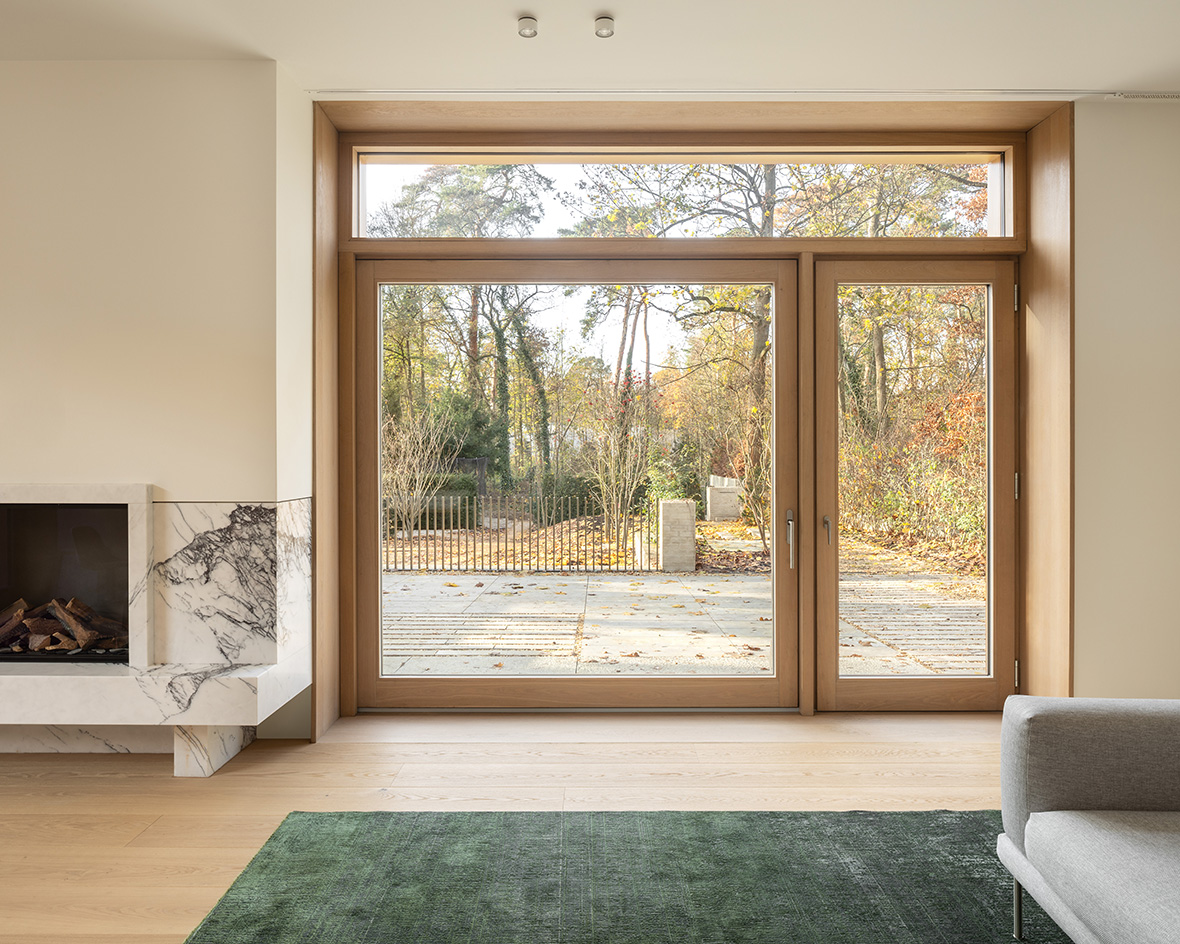
The interior is lined with natural materials and smoothly-finished surfaces. There are solid ash and ash-lined plywood walls in the hallway and staircase. The kitchen features solid oak and linseed-oil-stained veneered panels, a counter of emerald quartzite from Poland and terrazzo flooring from Italy. Elegant, seamless and unified, these materials hide practical in-built storage essential for family life.
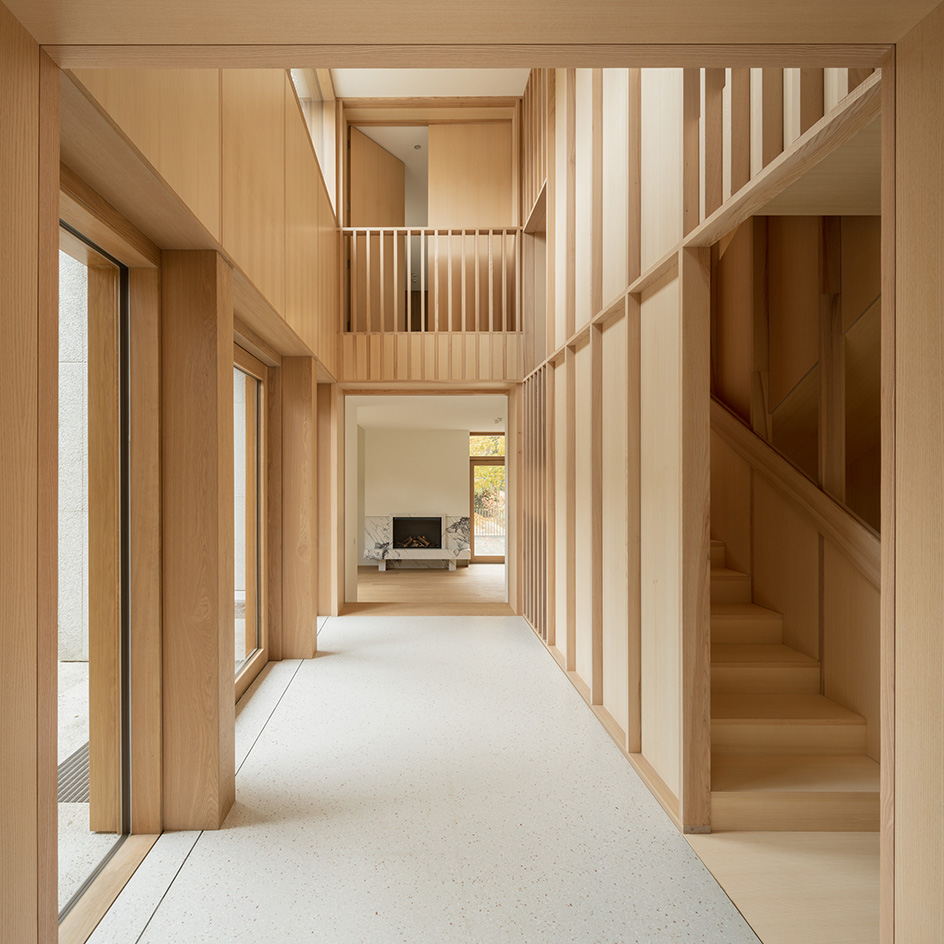
It’s an interior approach the architects consistently return to: 'Having practised in tight urban sites in London, we’ve become familiar with the need for as much storage as possible without closing up space,' says Skoufoglou. 'We’ve often used joinery to do so and enjoy working with joiners and on-site carpenters to incorporate different door configurations, when budget allows.' And in that case, when it comes to this suburban villa, it’s clear from the generosity of open space and integrated storage – no expense was spared.
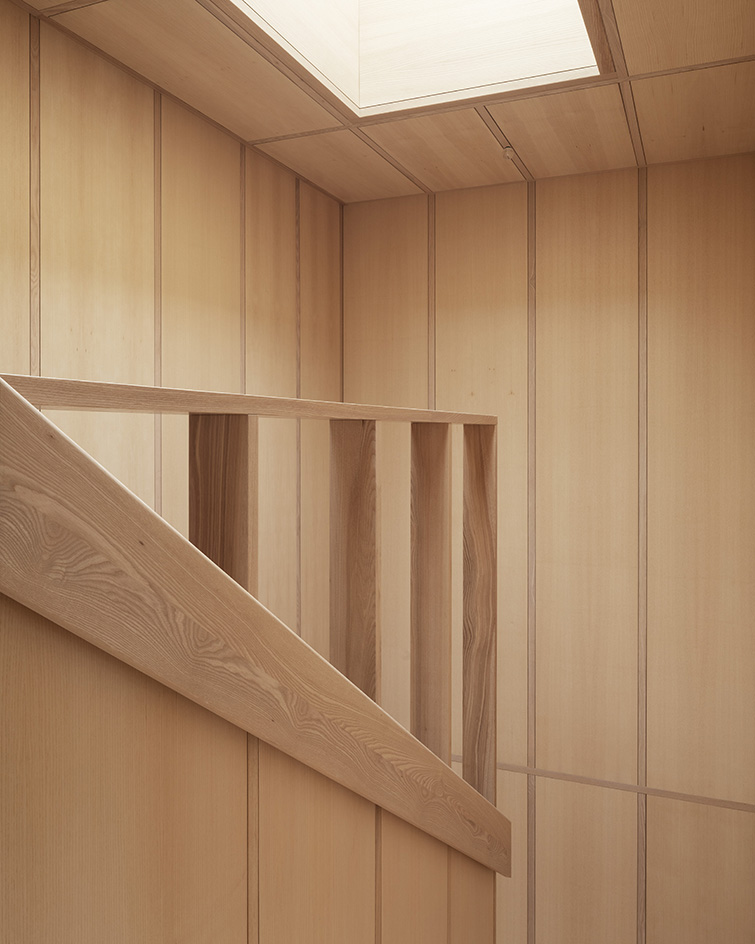
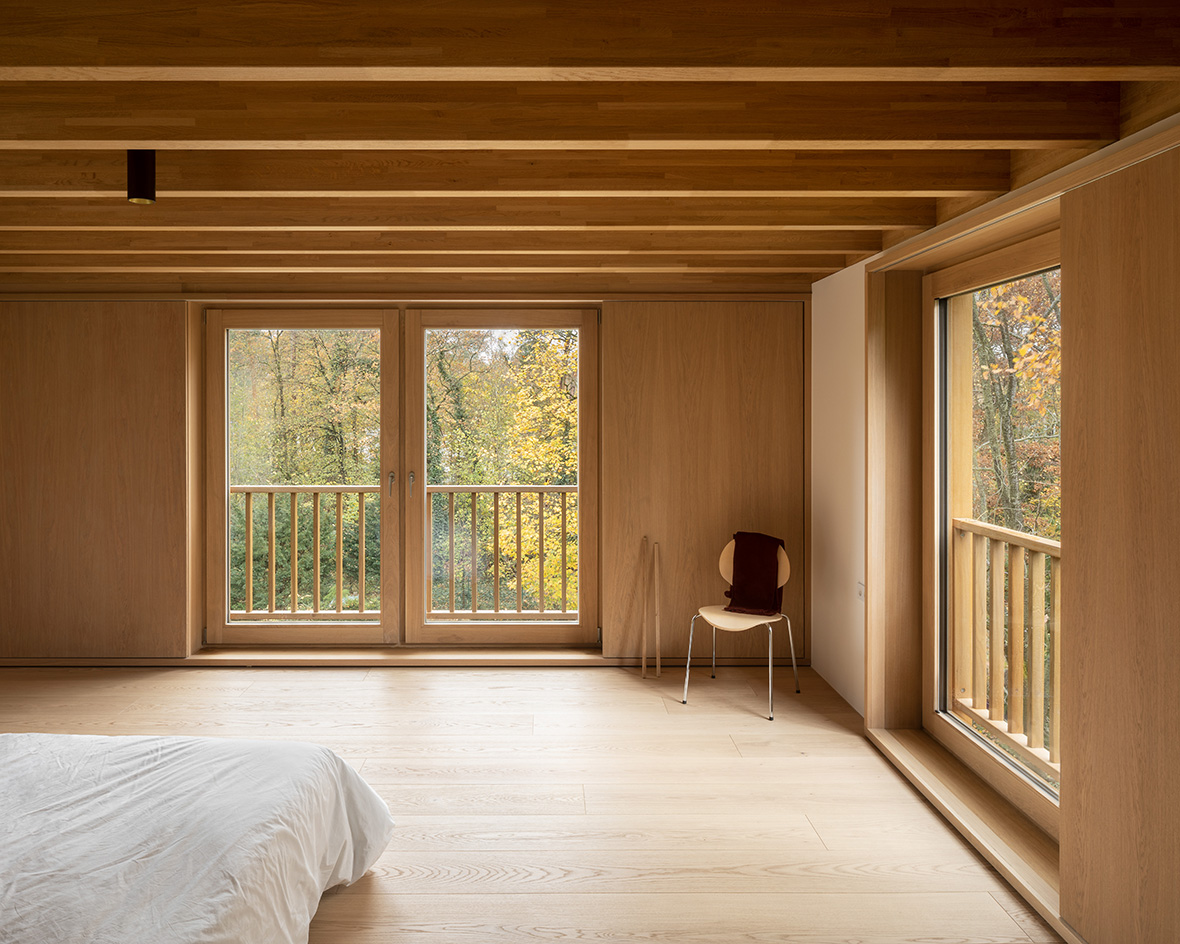
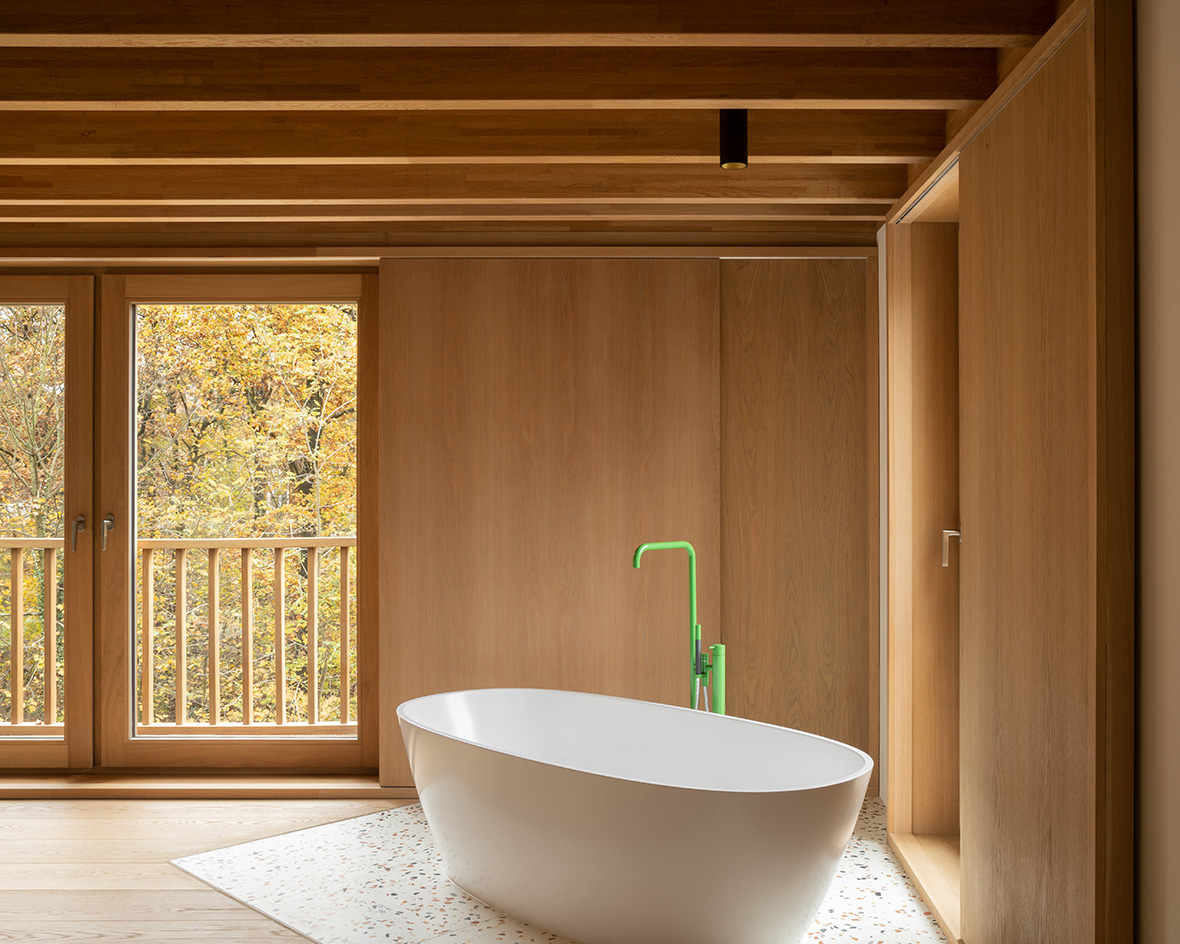
Wallpaper* Newsletter
Receive our daily digest of inspiration, escapism and design stories from around the world direct to your inbox.
Harriet Thorpe is a writer, journalist and editor covering architecture, design and culture, with particular interest in sustainability, 20th-century architecture and community. After studying History of Art at the School of Oriental and African Studies (SOAS) and Journalism at City University in London, she developed her interest in architecture working at Wallpaper* magazine and today contributes to Wallpaper*, The World of Interiors and Icon magazine, amongst other titles. She is author of The Sustainable City (2022, Hoxton Mini Press), a book about sustainable architecture in London, and the Modern Cambridge Map (2023, Blue Crow Media), a map of 20th-century architecture in Cambridge, the city where she grew up.
-
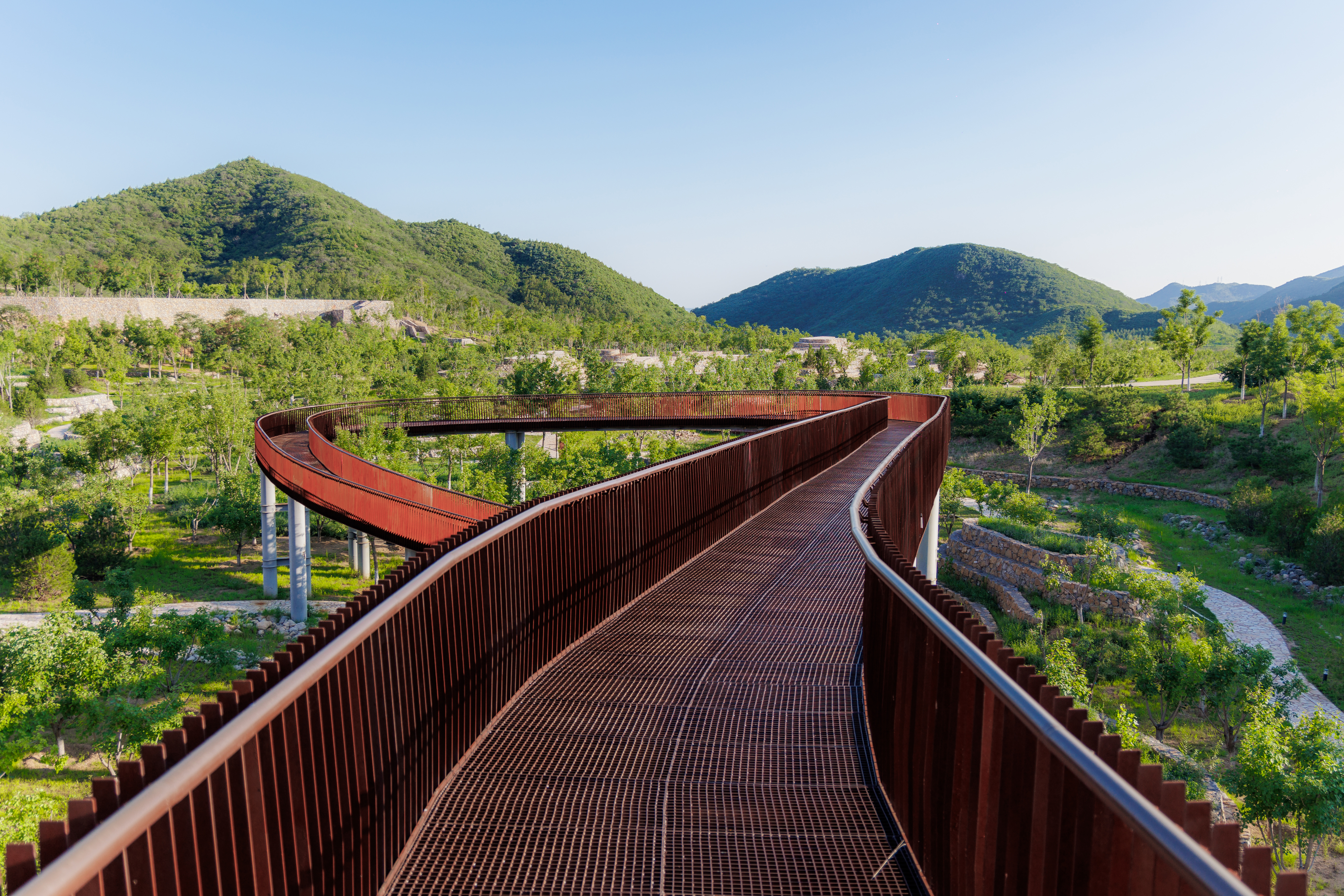 A Xingfa cement factory’s reimagining breathes new life into an abandoned industrial site
A Xingfa cement factory’s reimagining breathes new life into an abandoned industrial siteWe tour the Xingfa cement factory in China, where a redesign by landscape specialist SWA Group completely transforms an old industrial site into a lush park
By Daven Wu
-
 Put these emerging artists on your radar
Put these emerging artists on your radarThis crop of six new talents is poised to shake up the art world. Get to know them now
By Tianna Williams
-
 Dining at Pyrá feels like a Mediterranean kiss on both cheeks
Dining at Pyrá feels like a Mediterranean kiss on both cheeksDesigned by House of Dré, this Lonsdale Road addition dishes up an enticing fusion of Greek and Spanish cooking
By Sofia de la Cruz
-
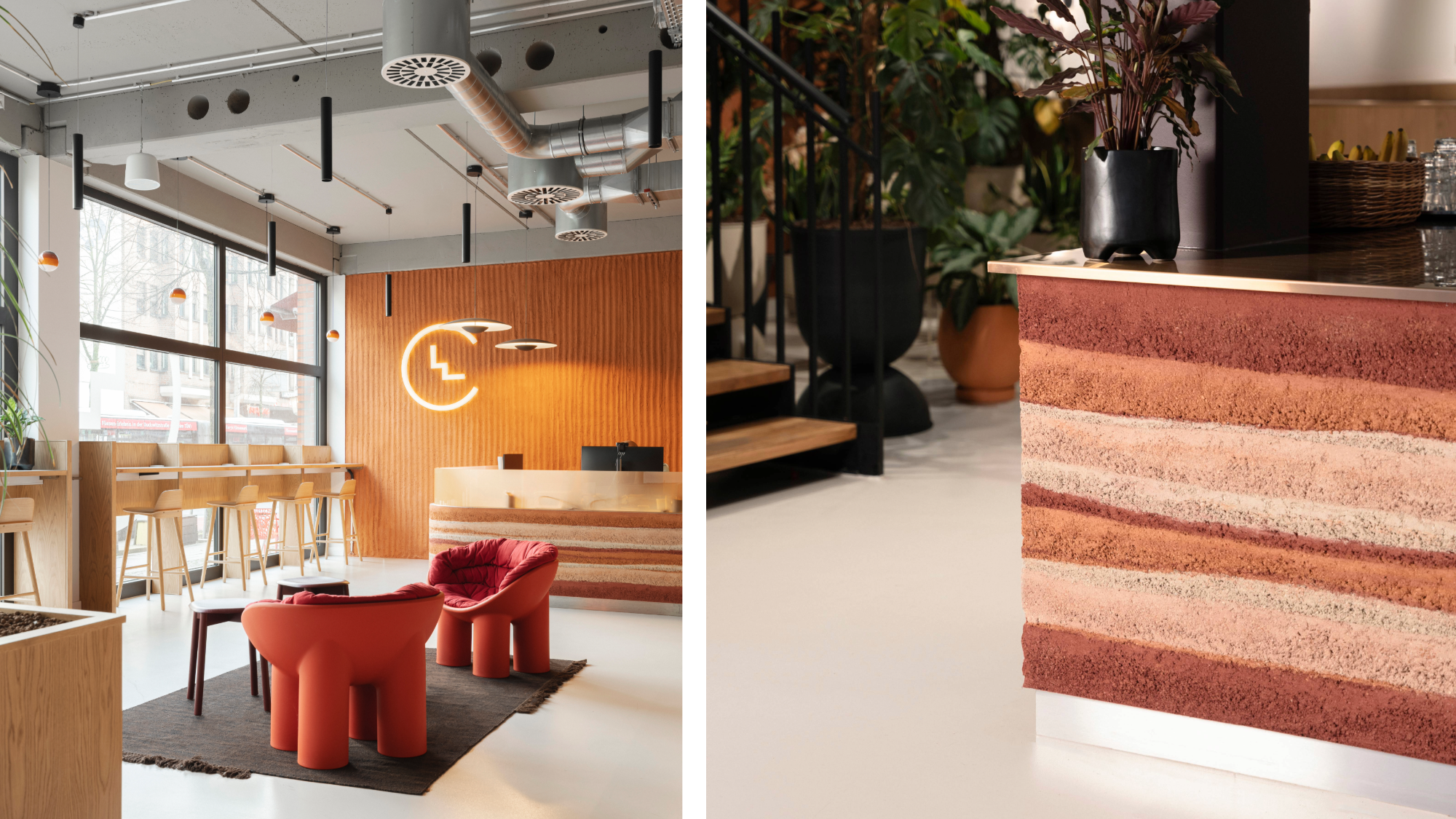 Step inside Clockwise Bremen, a new co-working space in Germany that ripples with geological nods
Step inside Clockwise Bremen, a new co-working space in Germany that ripples with geological nodsClockwise Bremen, a new co-working space by London studio SODA in north-west Germany, is inspired by the region’s sand dunes
By Léa Teuscher
-
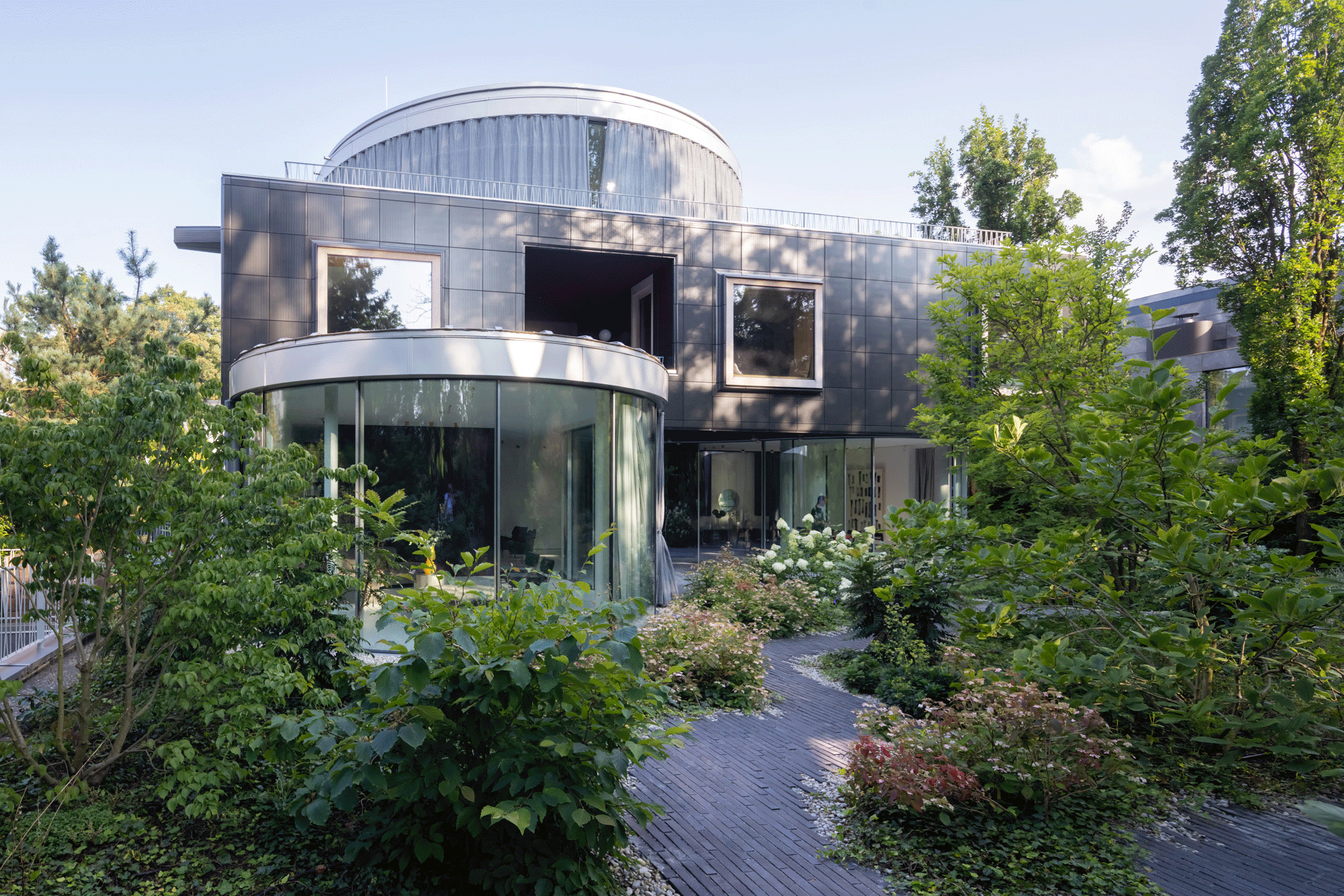 Join our world tour of contemporary homes across five continents
Join our world tour of contemporary homes across five continentsWe take a world tour of contemporary homes, exploring case studies of how we live; we make five stops across five continents
By Ellie Stathaki
-
 A weird and wonderful timber dwelling in Germany challenges the norm
A weird and wonderful timber dwelling in Germany challenges the normHaus Anton II by Manfred Lux and Antxon Cánovas is a radical timber dwelling in Germany, putting wood architecture and DIY construction at its heart
By Ellie Stathaki
-
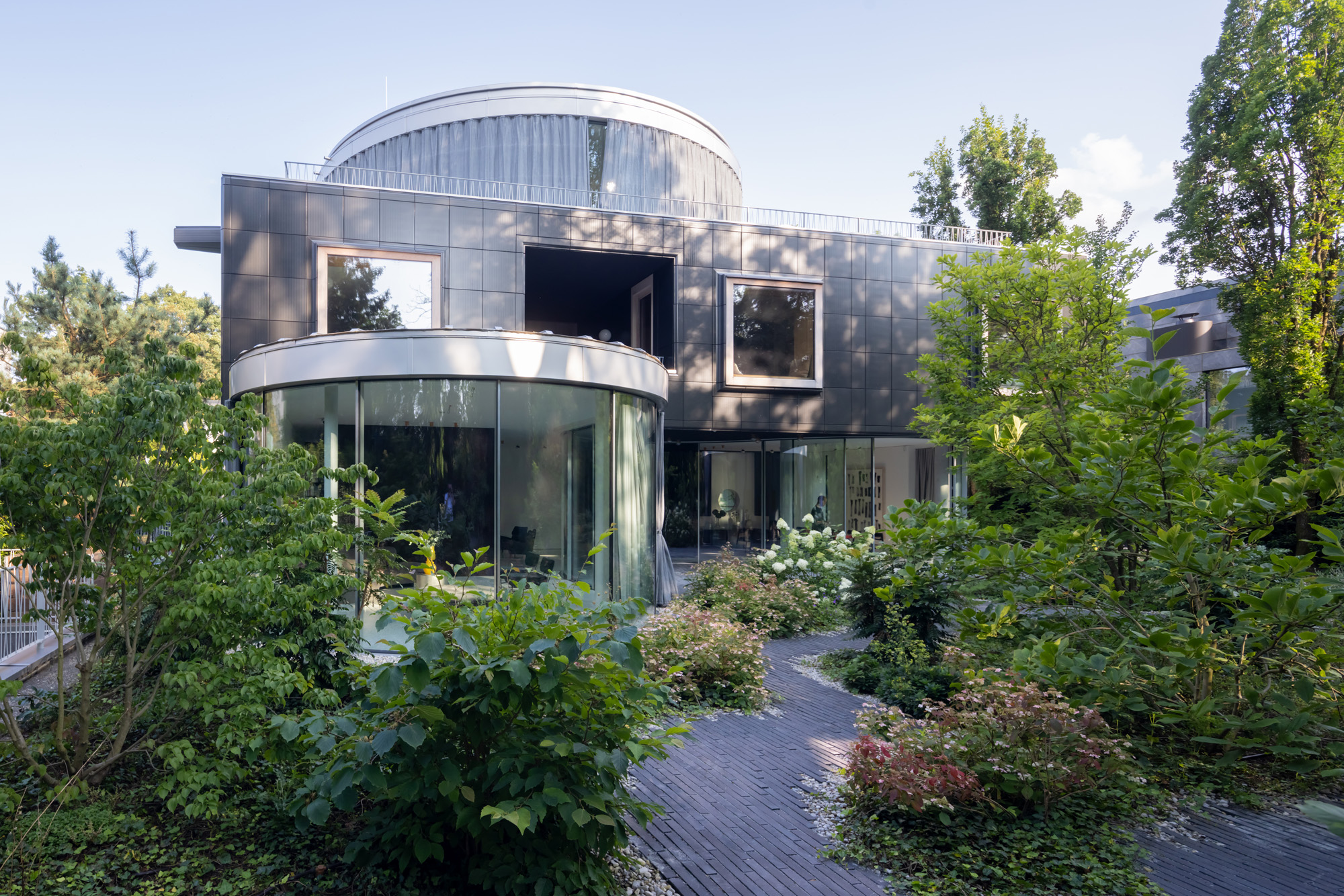 A Munich villa blurs the lines between architecture, art and nature
A Munich villa blurs the lines between architecture, art and natureManuel Herz’s boundary-dissolving Munich villa blurs the lines between architecture, art and nature while challenging its very typology
By Beth Broome
-
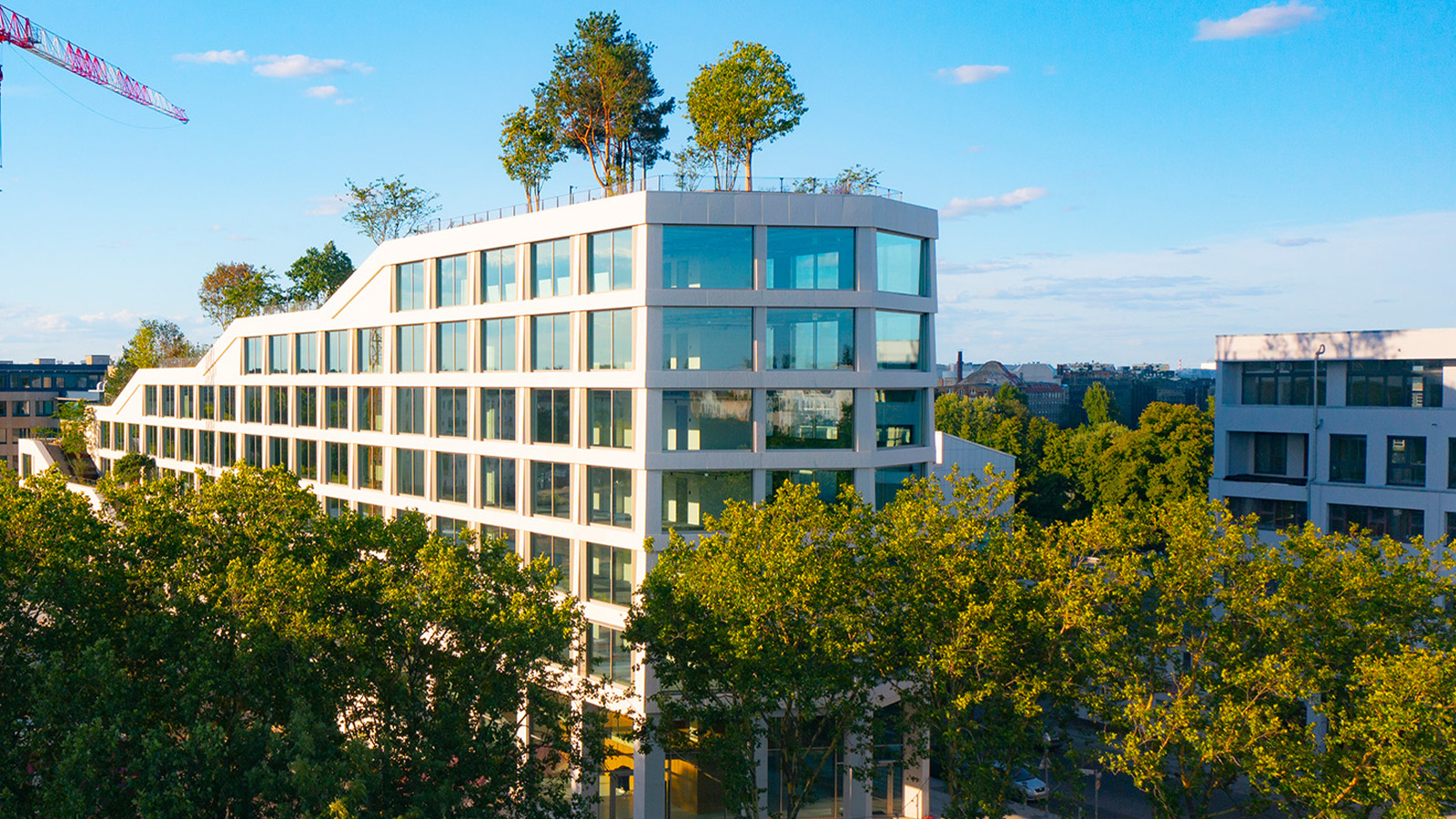 A Berlin park atop an office building offers a new model of urban landscaping
A Berlin park atop an office building offers a new model of urban landscapingA Berlin park and office space by Grüntuch Ernst Architeken and landscape architects capattistaubach offer a symbiotic relationship between urban design and green living materials
By Michael Webb
-
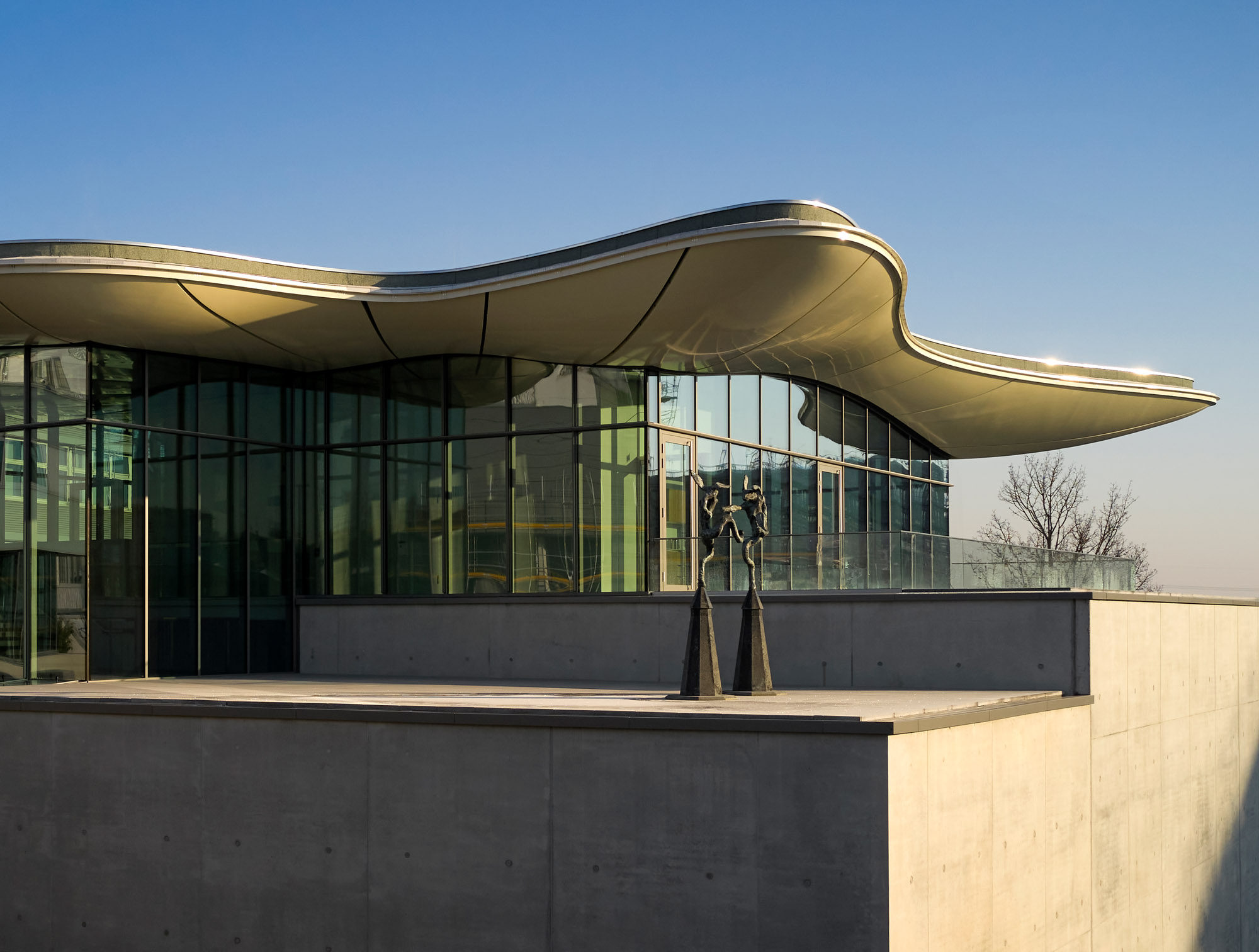 Private gallery Stiftung Froehlich in Stuttgart stands out with an organic, cloud-shaped top
Private gallery Stiftung Froehlich in Stuttgart stands out with an organic, cloud-shaped topBlue-sky thinking elevates Stiftung Froehlich, a purpose-built gallery for the Froehlich Foundation’s art collection near Stuttgart by Gabriele Glöckler
By Hili Perlson
-
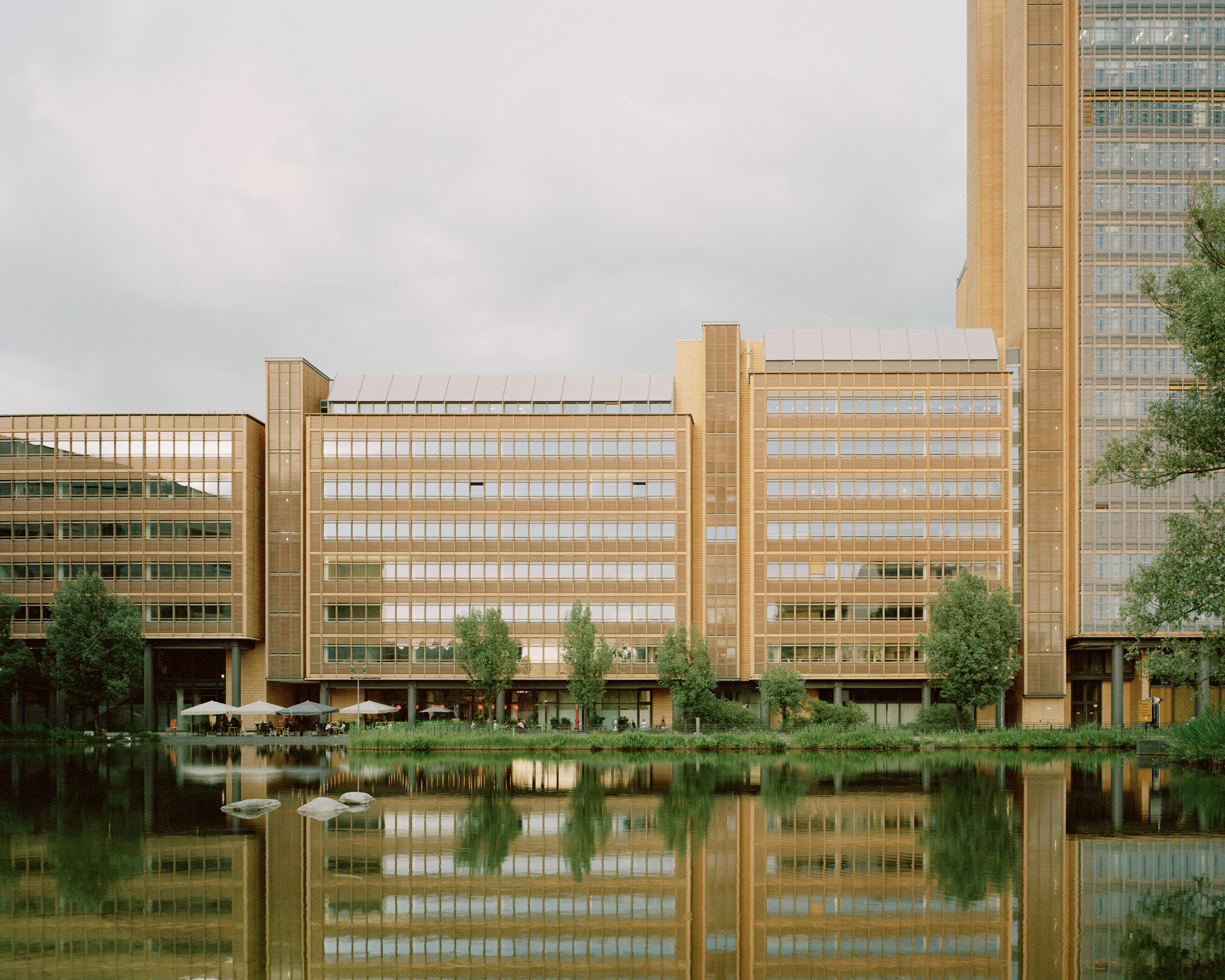 A walk through Potsdamer Platz: Europe’s biggest construction site 30 years on
A walk through Potsdamer Platz: Europe’s biggest construction site 30 years onIn 2024, Potsdamer Platz celebrates its 30th anniversary and Jonathan Glancey reflects upon the famous postmodernist development in Berlin, seen here through the lens of photographer Rory Gardiner
By Jonathan Glancey
-
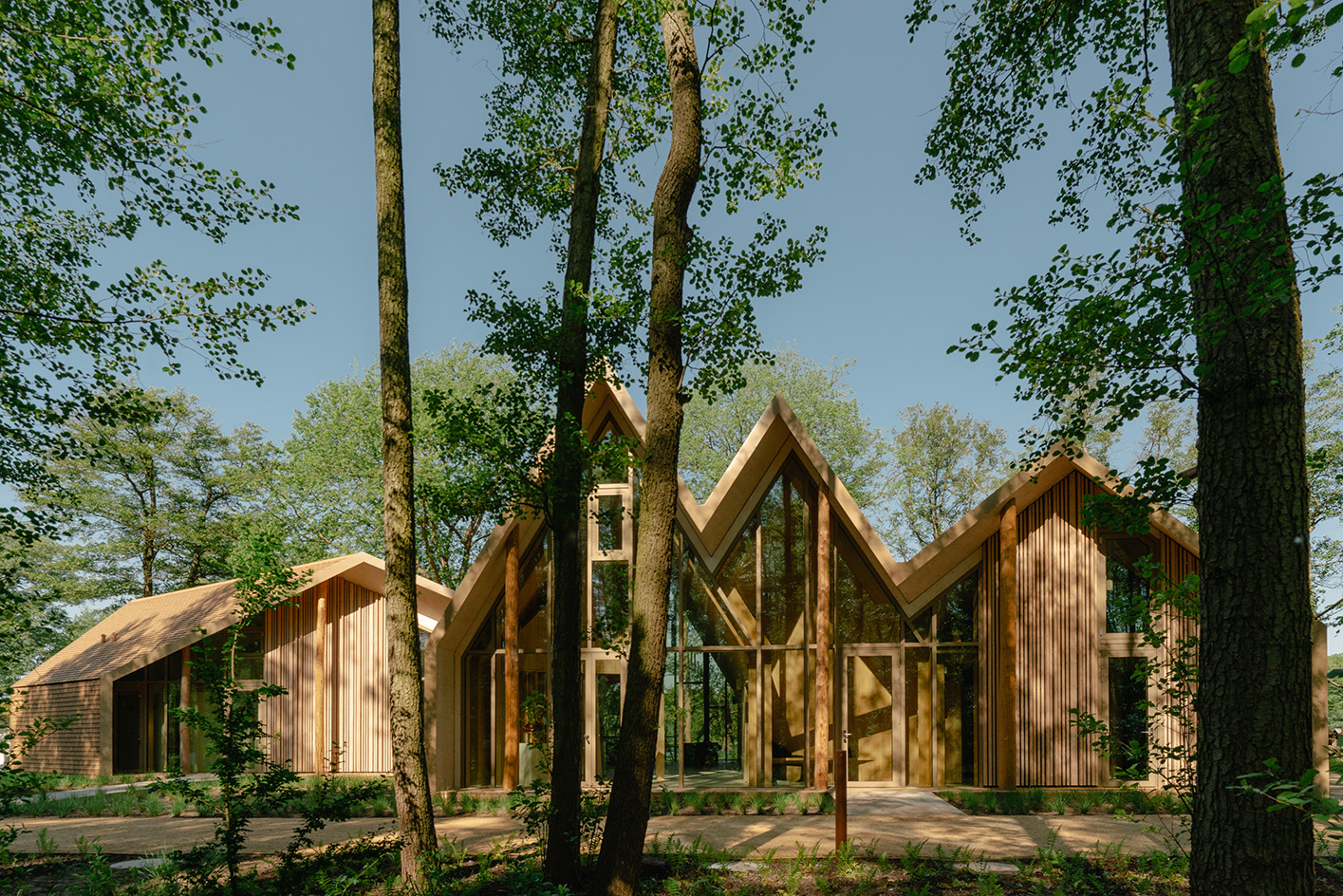 The Lake House is a tree-inspired retreat making the most of Berlin’s nature
The Lake House is a tree-inspired retreat making the most of Berlin’s natureThe Lake House by Sigurd Larsen is a nature-inspired retreat in west Berlin, surrounded by trees and drawing on their timber nature
By Ellie Stathaki